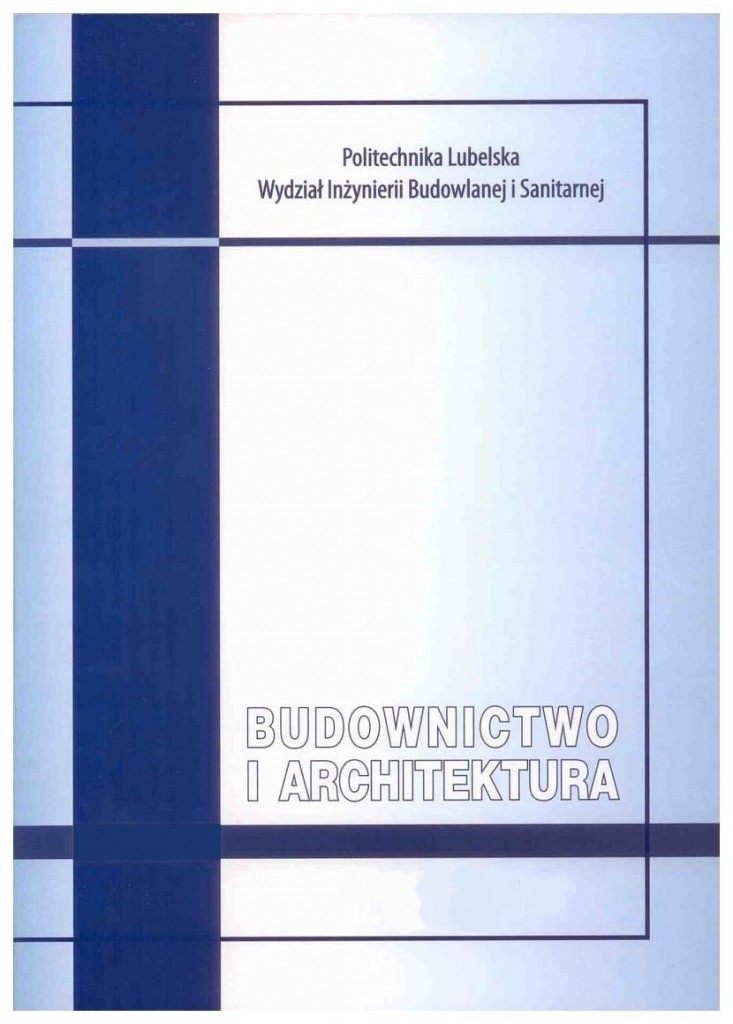The Borobudur temple: the Buddhist architecture in Indonesia
The Borobudur temple: the Buddhist architecture in Indonesia
History, structure, symbolism and conservation. Influence on the contemporary Indonesian culture
Author(s): Katarzyna KowalSubject(s): Architecture, Geography, Regional studies, Human Geography, Regional Geography
Published by: Biblioteka Politechniki Lubelskiej
Keywords: Buddhist architecture; Borobudur Temple; Buddhist cosmology; Buddhist symbolism; three dimensional mandala
Summary/Abstract: The article presents the current state of knowledge about the Borobudur temple, a valuable representative of Buddhist architecture, located in Java, Indonesia. The author presents the genesis of the temple, the facts concerning its rediscovery after centuries of oblivion, and Buddhist cosmology embodied in the form of a three-dimensional mandala on which the architectural form of Borobudur is based. The author studies Buddhist symbolism of the architectural form, reliefs and sculptures created on the basis of regional patterns and local Javanese culture of everyday life. This temple is one of the most perfect examples of translation of Buddhist cosmology and symbolism into an architectural form. At the same time, it constitutes an intercultural and timeless masterpiece of architecture and sculpture which requires particular protection, also due to the influence it exerts on the life of local Buddhist religious minorities.
Journal: Budownictwo i Architektura
- Issue Year: 18/2019
- Issue No: 2
- Page Range: 5-19
- Page Count: 15
- Language: English

